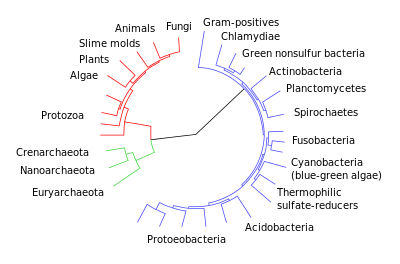Fecundity selection
| Part of a series on |
| Evolutionary biology |
|---|
 |
|
History of evolutionary theory |
|
Fields and applications
|
|
Fecundity selection, also known as fertility selection, is the process by which differential reproductive success among individuals in a population is the result of phenotypic traits that contribute to the production of a higher number of offspring per reproductive episode. The theory of fecundity selection, was formulated by Charles Darwin between 1871 and 1874.[1] Along with the theories of natural selection and sexual selection, fecundity selection is a fundamental component of the modern theory of Darwinian selection. Fecundity selection is a distinct phenomenon from the viability of the progeny.[2]
It can be a complex matter to interpret whether sexual dimorphism in animals is due to fecundity selection or to sexual selection.[3][4]
Fecundity selection is important in populations of flowering plants where self-incompatibility systems mean that pollen from some potential mates will not be effective in forming seed.[5] A population with genetic diversity in the self-incompatibility system will produce more offspring per plant than one with little diversity.
See also
References
- ↑ Darwin, C. (1874). Descent of man, and selection in relation to sex. London: Murray.
- ↑ Clegg, M. T.; Allard, R. W. (1973). "Viability versus Fecundity Selection in the Slender Wild Oat, Avena barbata L.". Science. 181 (4100): 667–668. doi:10.1126/science.181.4100.667.
- ↑ Olsson, Mats; Shine, Richard; Wapstra, Erik; Ujvari, Beata; Madsen, Thomas (July 2002). "Sexual Dimorphism In Lizard Body Shape: The Roles Of Sexual Selection And Fecundity Selection". Evolution. 56 (7): 1538–1542. doi:10.1111/j.0014-3820.2002.tb01464.x.
- ↑ Serrano-Meneses, Martín-Alejandro; Székely, Tamás (June 2006). "Sexual size dimorphism in seabirds: sexual selection, fecundity selection and differential niche-utilisation". Oikos. 113 (3): 385–394. doi:10.1111/j.0030-1299.2006.14246.x.
- ↑ Vekemans, X.; Schierup, M.H.; Christiansen, F.B. (1998), "Mate Availability and Fecundity Selection in Multi-Allelic Self- Incompatibility Systems in Plants", Evolution, 52 (1): 19–29, doi:10.2307/2410916, JSTOR 2410916